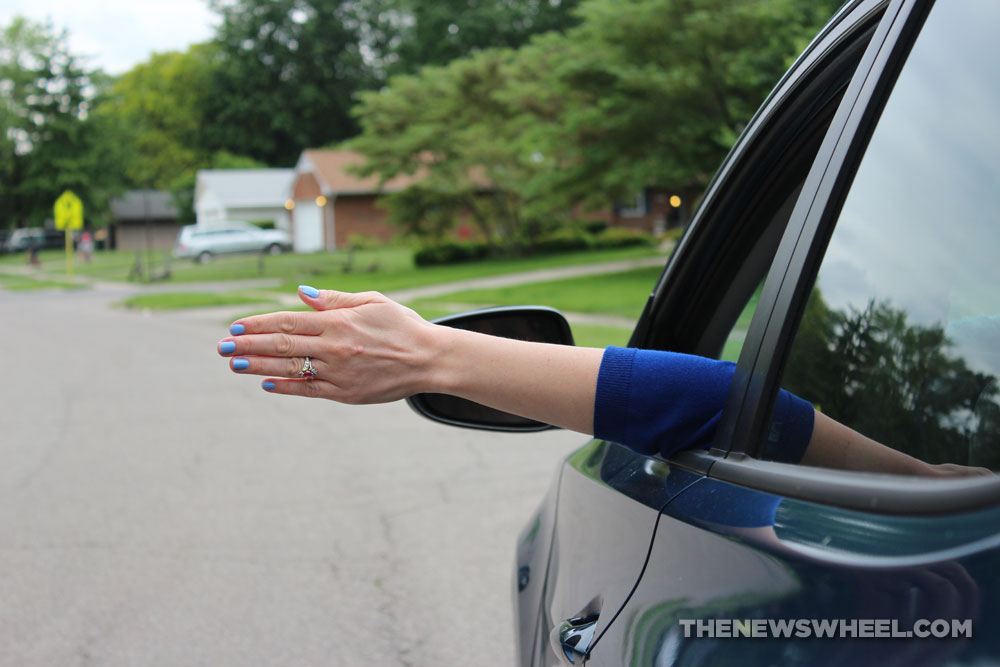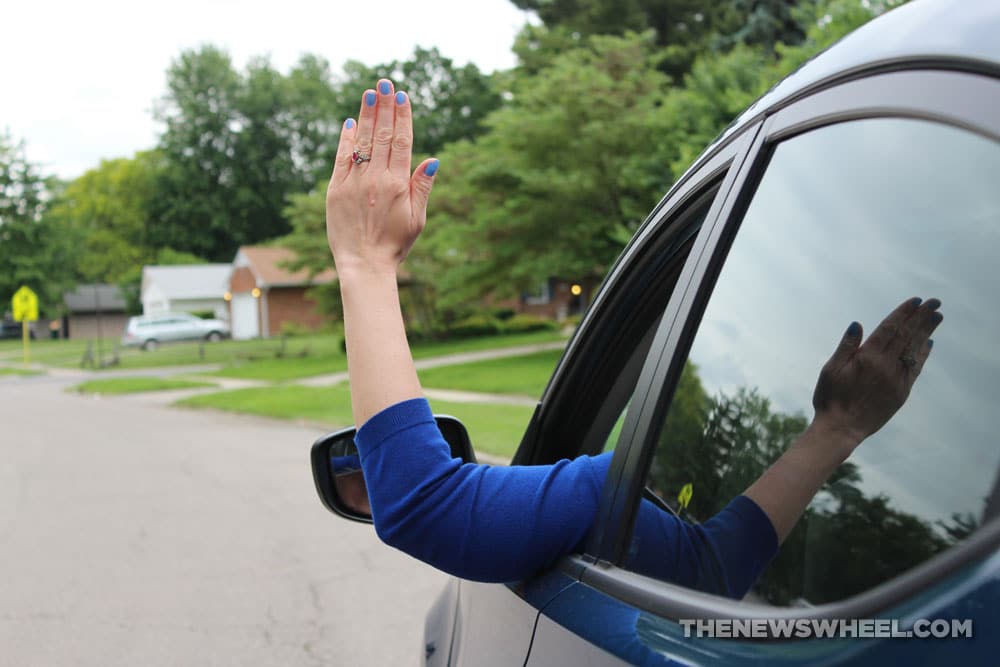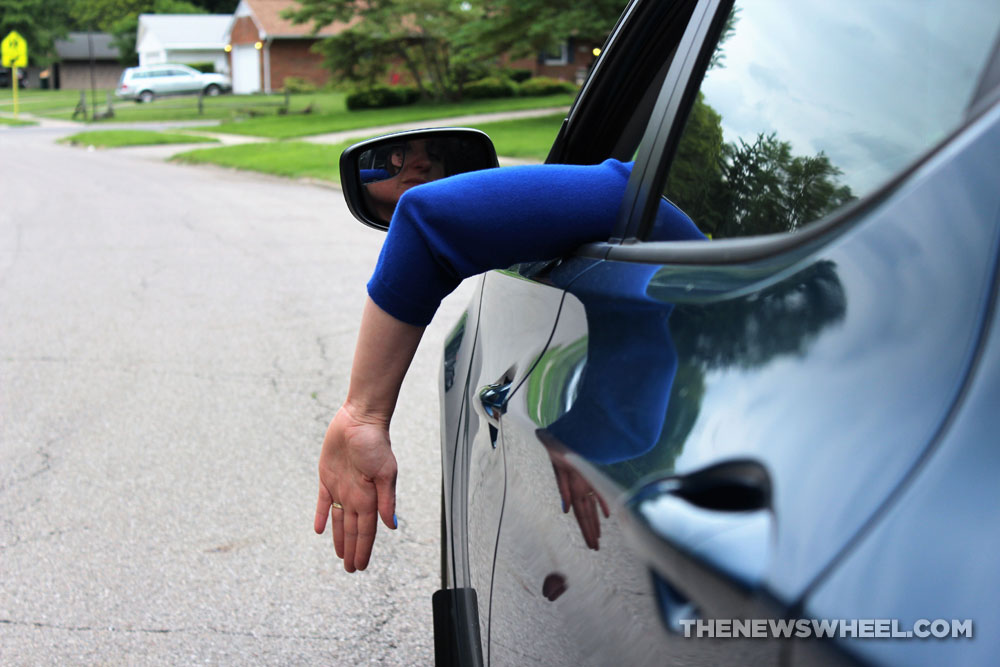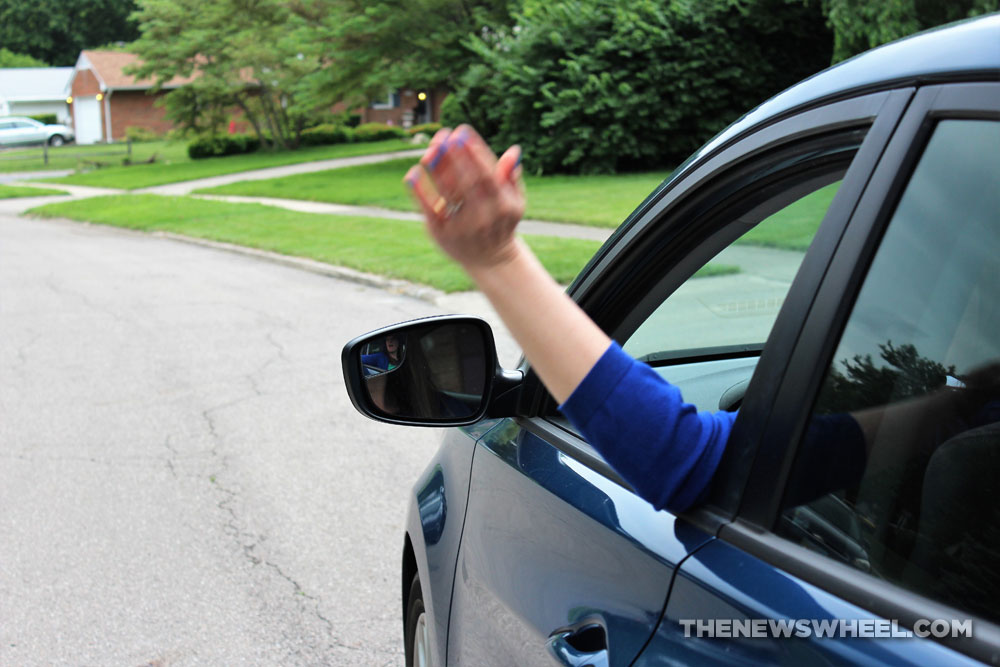A Simple Guide to Using Hand Signals While Driving [PHOTOS]
When you’re driving your car, it’s important to always alert other motorists to any actions you will be making that might affect them. Whether that’s adjusting speed or changing trajectory, clear communication is imperative. That is why, after all, cars have brake lights and turn signals (even if not all drivers utilize them, unfortunately).
If those indicator lights are broken, though, that’s no excuse not to signal to other drivers. The Department of Motor Vehicles has an official language for hand signals that all drivers should know.
Note: While widely utilized, waving the middle finger is not considered proper hand signaling.
Are Your Car’s Turn Signals Acting Up? This might be the reason why…
“Turning left” or “moving to left-hand lane”
Extend your left arm out of the driver’s window and point it sideways at a 180-degree angle, keeping your elbow straight, hand open, and palm facing forward.
“Turning right” or “moving to right-hand lane”
Extend your left arm out of the driver’s window and angle it at 90 degrees so the hand is pointing upward and the elbow is bent at a right angle. Palm should be pointed forward.
“Stopping” or “slowing down”
Extend your left arm out of the driver’s window and angle it 90 degrees so the hand is pointing downward and the elbow is bent at a right angle. Palm should be pointed behind you.
“Admission for drivers behind to pass”
Extend your left arm out of the driver’s window and angle it up so the hand is pointing upward and the elbow is bent. Move the arm in a steady, circular clockwise motion as you keep your palm open.
Driving Safely: Make sure your next car has these important safety features
Tips for properly and effectively using hand signals
It’s important to signal in advance and maintain the signal throughout your vehicular movement, even if you don’t see anyone around you. Begin at least 100 feet before you make your move to give other drivers enough notice.
Bicyclists should also follow this same guide so they can signal their intent to cars. However, motorcyclists have over a dozen different unique hand signals that they’re supposed to use. Those motions differ in some ways from these signals for cars, such as using the right hand to point right.
Aaron is unashamed to be a native Clevelander and the proud driver of a Hyundai Veloster Turbo (which recently replaced his 1995 Saturn SC-2). He gleefully utilizes his background in theater, literature, and communication to dramatically recite his own articles to nearby youth. Mr. Widmar happily resides in Dayton, Ohio with his magnificent wife, Vicki, but is often on the road with her exploring new destinations. Aaron has high aspirations for his writing career but often gets distracted pondering the profound nature of the human condition and forgets what he was writing… See more articles by Aaron.





